Breadcrumb
- Home
- Archive & History
- History
- Notable Middle Templars
Archive & History
- Archive - Information & Access
- Archive of the Month
-
History
- The Knights Templar
- Beginnings & the Medieval Inn
- Middle Temple under the Tudors
- The Seventeenth Century - Fire & War
- The Eighteenth Century - Stagnation and Neglect
- The Nineteenth Century - Revolution and Revitalisation
- The Twentieth Century: Destruction and Renewal
- The Inn Today
- Notable Middle Templars
- Black Middle Templars: Past and Present
- Oral History Project
- Interactive 3D Historical Tour
Notable Middle Templars
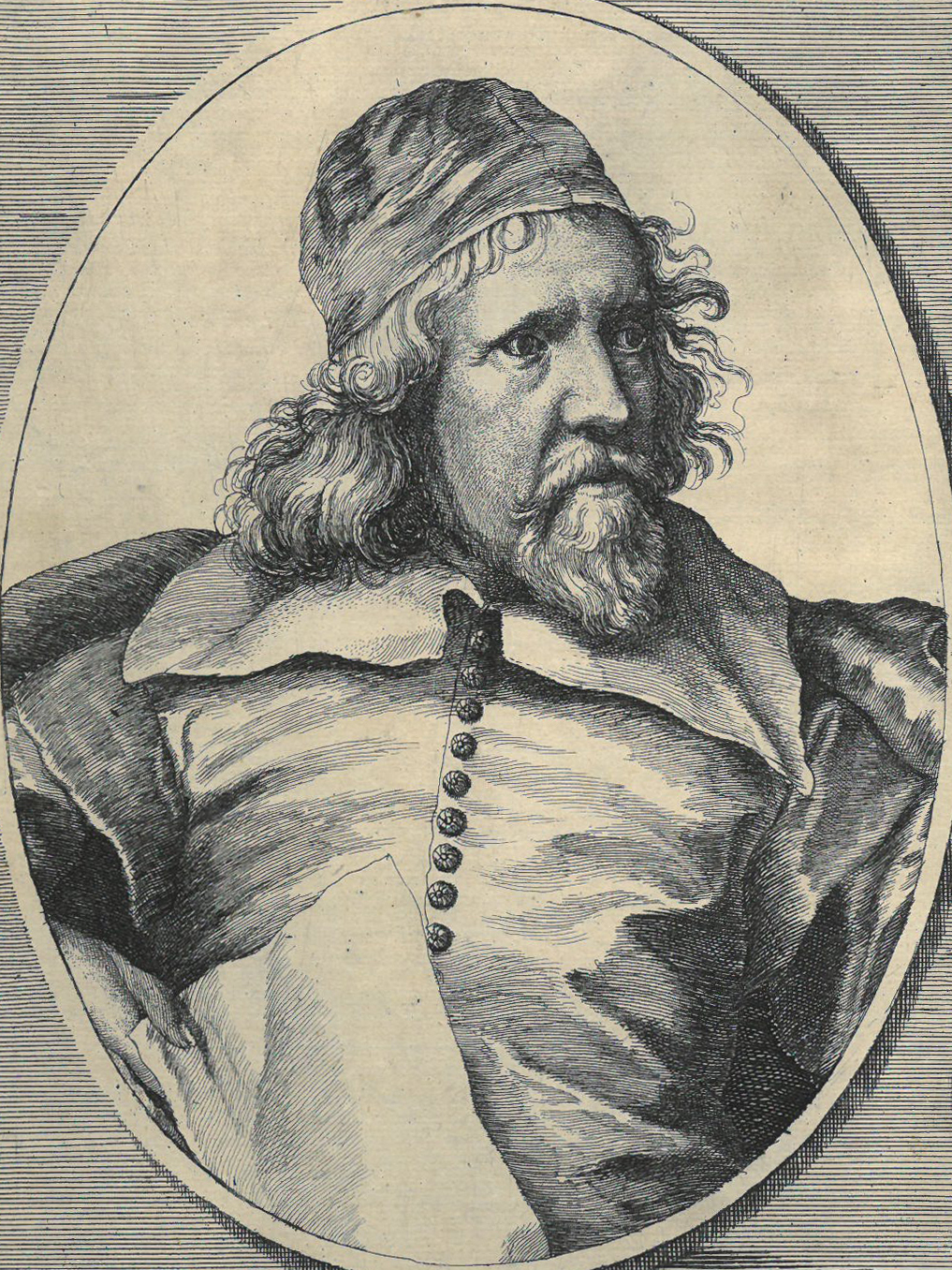
-
Architect
Inigo Jones was born in 1573 to a Welsh clothworker and studied in Italy before working for the King of Denmark. He became a prominent stage designer, working closely with Ben Jonson, and was particularly influenced by the ideas of Palladio and Vitruvius. He was admitted to the Inn in February 1613, having designed the scenery and decorations for a masque held jointly by the Middle Temple and Lincoln's Inn to celebrate the marriage of Princess Elizabeth to Frederick V, Count Palatine of the Rhine. Following a formative tour of Italy starting in 1613, he was appointed Surveyor-General of the King's Works, and in the course of his glittering career was responsible for designing the Banqueting House in the Palace of Whitehall, the Queen's Chapel at St James's Palace, Covent Garden Square and Lincoln's Inn Fields. His career did not survive the outbreak of the Civil War, and he died in 1652.
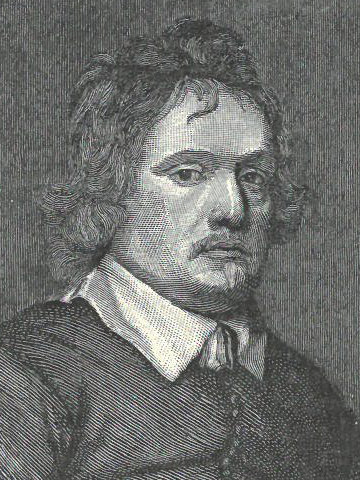
-
Republican statesman
John Pym was born in Somerset in 1584 and was admitted to the Inn in 1602 after legal education at Oxford, though he does not appear to have been Called. He became a Member of Parliament in 1614, and in 1626 was instrumental in drawing up the articles of impeachment against the Duke of Buckingham. Pym conducted the proceedings against the Earl of Strafford and Archbishop Laud in 1640 and 1641, two events which contributed to the King's abortive attempt to arrest him and four other members of Parliament in 1642, an event which triggered the outbreak of the English Civil War. He was appointed Lieutenant of the Ordnance early in the war but died not long after in December 1643.
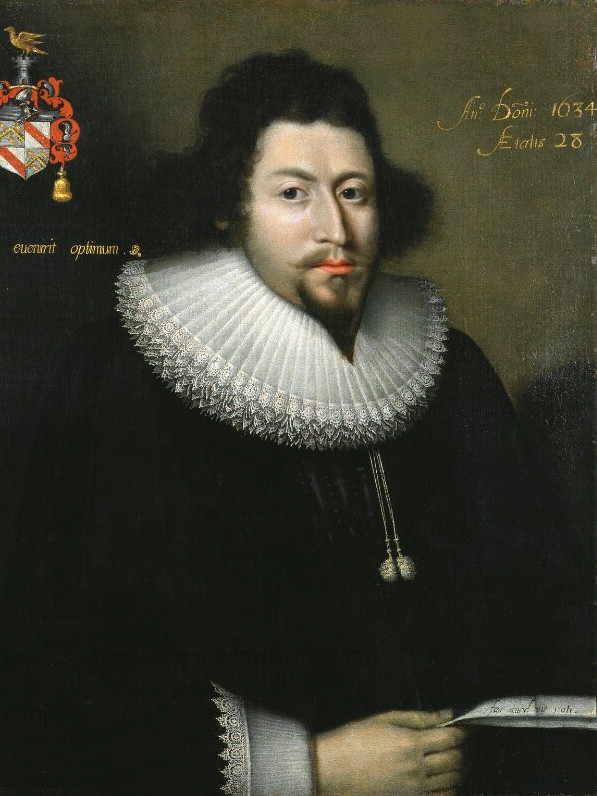
-
Lawyer, writer, Parliamentarian, Lord Keeper of the Great Seal of England during the Commonwealth
Bulstrode Whitelocke was born in 1605 and was admitted to the Middle Temple in 1619. He was Called in 1626, serving as Treasurer shortly afterwards in 1628. In 1633, the Inns of Court placed him in charge of the music for The Triumph of Peace, the great masque they jointly staged at Whitehall Palace for the King and Queen. Whitelocke was elected an MP in 1626, and later took Parliament's side in the Civil War. He played a role in negotiations with Charles I throughout the war, and was made a Commissioner of the new Great Seal on the establishment of the Commonwealth, a position he held until 1654 and lost following his resistance to certain reforms of Cromwell's. During the Restoration he was treated reasonably well due to his moderation, pragmatism and honour, and was allowed to retire quietly with most of his property intact. He died in seclusion in 1675.
Bulstrode Whitelocke by Unknown artist. Oil on canvas, 1634. NPG 4499 © National Portrait Gallery, London. This image has been cropped and is licenced under a Creative Commons Attribution-NonCommercial-NonDerivs 3.0 Unported Licence. https://creativecommons.org/licenses/by-nc-nd/3.0/legalcode
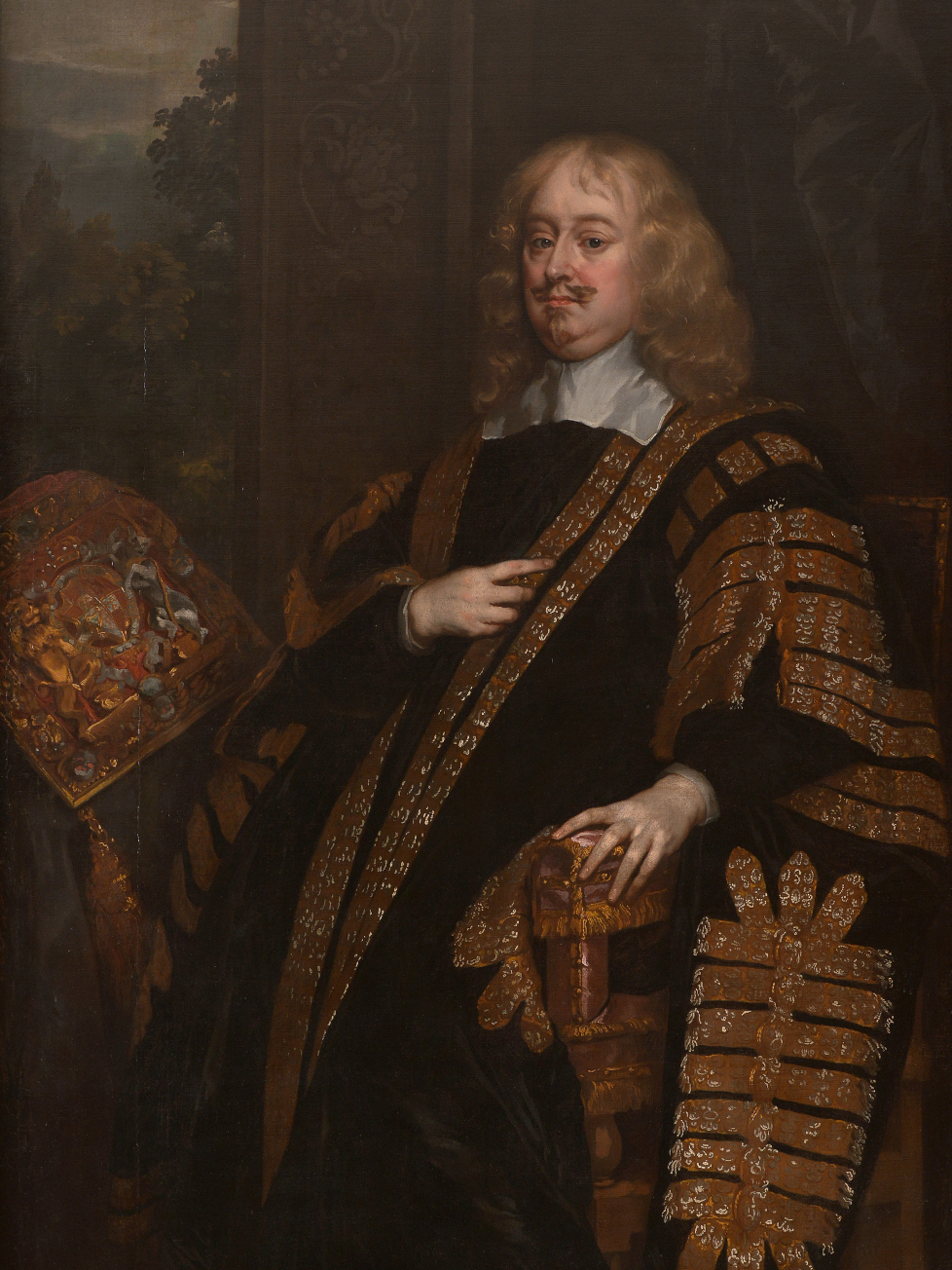
-
Statesman, Lord Chancellor of England and historian
Edward Hyde was born in 1609, the nephew of Sir Lawrence Hyde, Attorney General and also a Middle Templar. After studying at Oxford, he was admitted to the Inn in 1626, though he was not Called to the Bar until 1633, having preferred to immerse himself in a community of scholarly and literary friends including Ben Jonson and John Selden. After several successful years at the Bar, Hyde was elected an MP in 1640, growing gradually closer to the King and joining the Royalist side on the outbreak of the English Civil War in 1642. Going into exile with the Prince of Wales, he soon found himself a close advisor to the future King and was made Lord Chancellor in 1658. Following the Restoration, Hyde continued to play a prominent political role, and saw his daughter married to the King's brother, the future James II, but by the mid-1660s his star had waned. He was impeached by the Commons and forced into exile in 1667 and died in France in 1674, having completed his magisterial History of the Rebellion and Civil Wars in England. Both of his granddaughters, Mary and Anne, would go on to be queens of England.
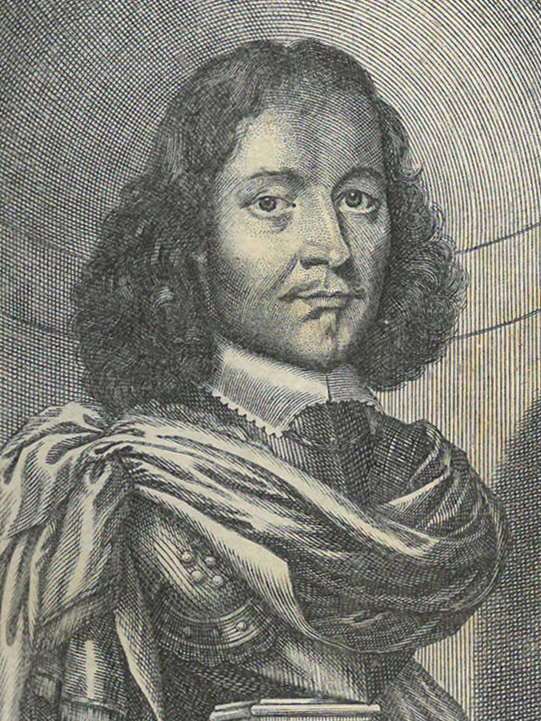
-
Antiquary, politician, officer of arms, astrologer and alchemist
Ashmole was born in Lichfield in 1617 and qualified as a solicitor in 1638, beginning a successful practice. A Royalist, he left London on the outbreak of the Civil War and served the King in various positions until 1646. He spent the 1650s in the study of alchemy, antiquities and heraldry and in the production of catalogues. Ashmole was admitted to the Inn in November 1657 and was Called to the Bar in 1660. He was invited to the Bench, an honour which he declined. Following the Restoration of the Monarchy, Ashmole was appointed Windsor Herald, Comptroller-General and later an Accountant-General of the Excise. These lucrative positions enabled his assembly of a considerable collection of antiquities, books, prints, plants and other curiosities. Much of this collection went on to form the basis of Ashmolean Museum in Oxford, completed in 1683, though a significant part of it was destroyed in the Middle Temple fire in January 1679.
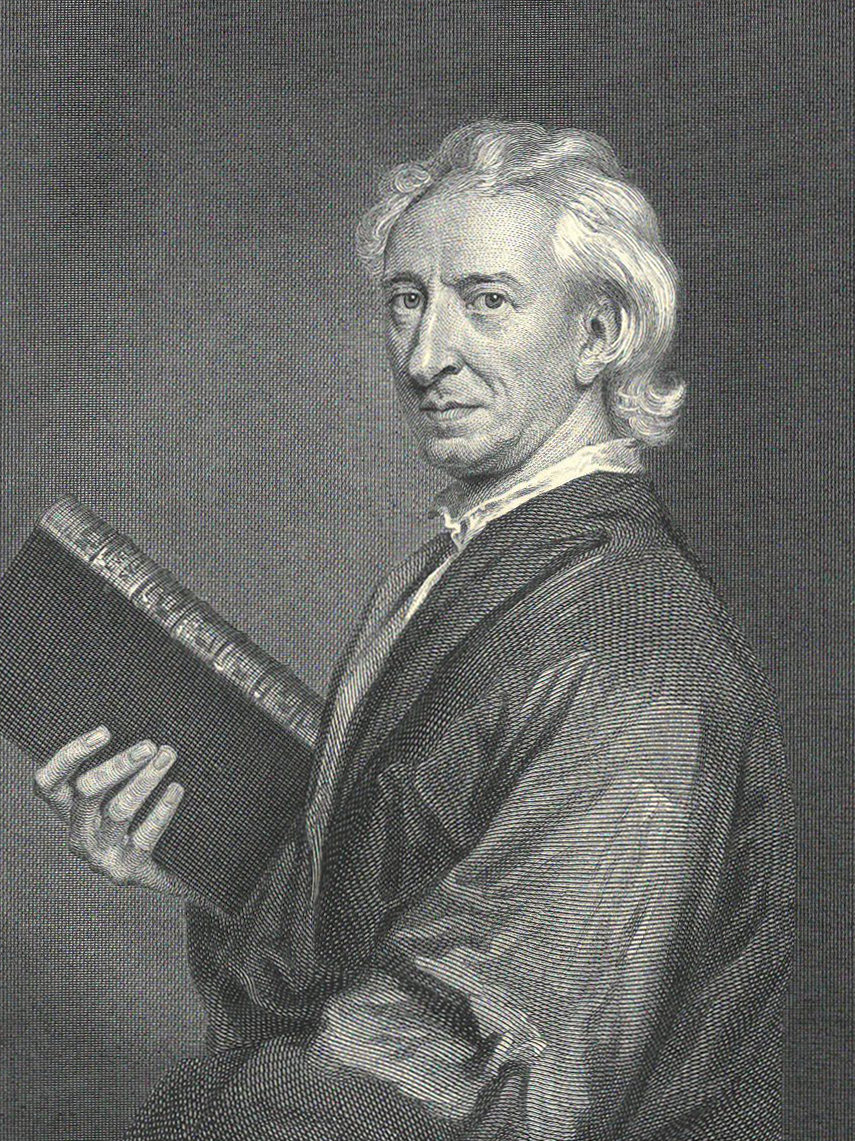
-
Writer, gardener and diarist
John Evelyn was born in 1620, and after an education at Oxford took up residence in the Temple. He was elected in 1642 one of the Comptrollers of the Temple-Revellers, but was overtaken by events and, on the outbreak of the Civil War, was excused this duty to go into the country, being a staunch Royalist. After spending ten years travelling and studying on the continent, he returned to England and lived quietly until the Restoration of the Monarchy, after which he held various offices at court. A polymath, Evelyn was one of the founders of the Royal Society and wrote books on a vast range of topics including horticulture, theology and air pollution. His diaries are an important source for the history of his times, running from his student days at the Inn to the time of his death in 1706. He memorably describes the Inn's Revels as 'an old, but riotous custom' with 'relation to neither Virtue nor policy', and Sir Henry Peckham's Reader's Feast as 'a pompous entertainment'.
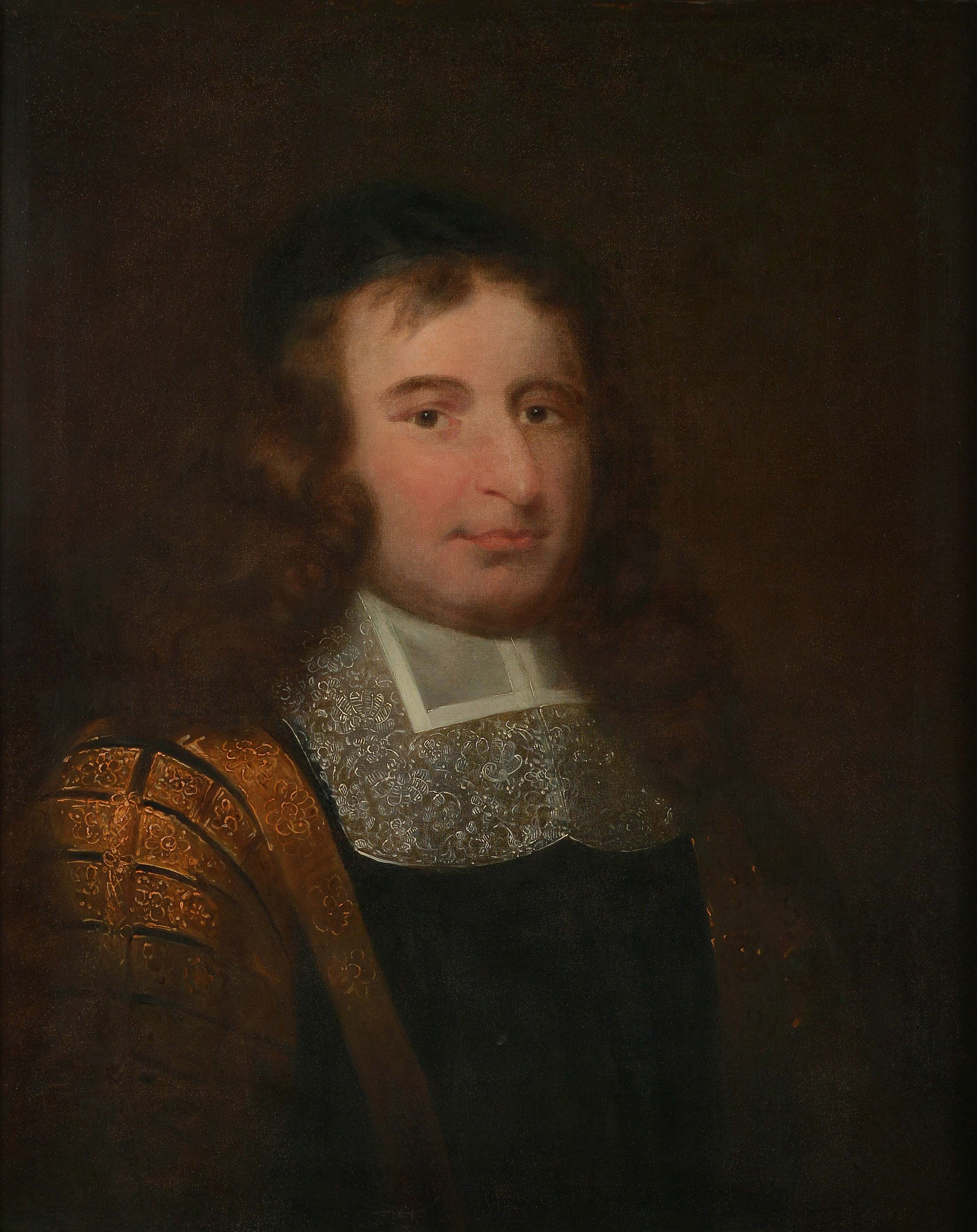
-
Lord Keeper of the Great Seal of England and Great Britain
Francis North was educated at St John’s College, Cambridge and was admitted to the Inn in 1655, being Called to the Bar in 1661. He had an eminent career in the law, being made a KC in 1668 at the tender age of 31, at which point he was made a Bencher of the Inn. His Reader’s Feast in 1671 was described by his brother Roger as one of ‘debauchery, disorder and waste’. He was appointed Solicitor General in 1671, Attorney General in 1673, and was made a member of the Privy Council Ministry in 1679. On its dissolution, he was made a member of the Cabinet. In 1683 he was created Baron Guilford after becoming Lord Keeper of the Privy Seal. He was a staunch Royalist and a strong supporter of the Royal Prerogative, and sat as a judge at some of the Popish Plot trials. He died unexpectedly at Wroxton Abbey, his country house, in 1685.
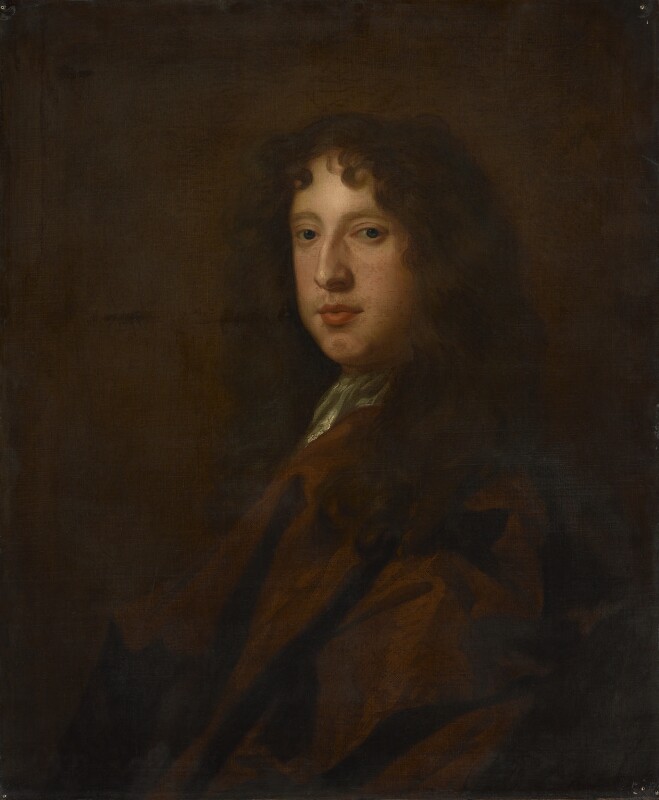
-
Lawyer, biographer and musician
The youngest son of Dudley, fourth Lord North, and younger brother to Francis, later Lord Guildford, Roger was born in Suffolk in 1653. Called to the Bar by the Inn in 1674, he was appointed Lent Reader in 1682 and Treasurer in 1683 at the age of just thirty. Solicitor-General to the Duke of York (later James II) from 1684, and MP for Dunwich from 1685, his star waned after the Glorious Revolution and he retired to his estate at Rougham in Suffolk. He is better known today as a prolific collector of books and for his many writings, including A Discourse of Fish and Fish Ponds, Memoirs of Musick, A Discourse on the Study of the Laws, and the biographical Lives of the Norths, which remain a valuable resource today for the history of his period, including a vivid account of the Middle Temple Fire of 1679.
Roger North after Sir Peter Lely. Oil on canvas, based on a work of 1680. NPG 766 © National Portrait Gallery, London.
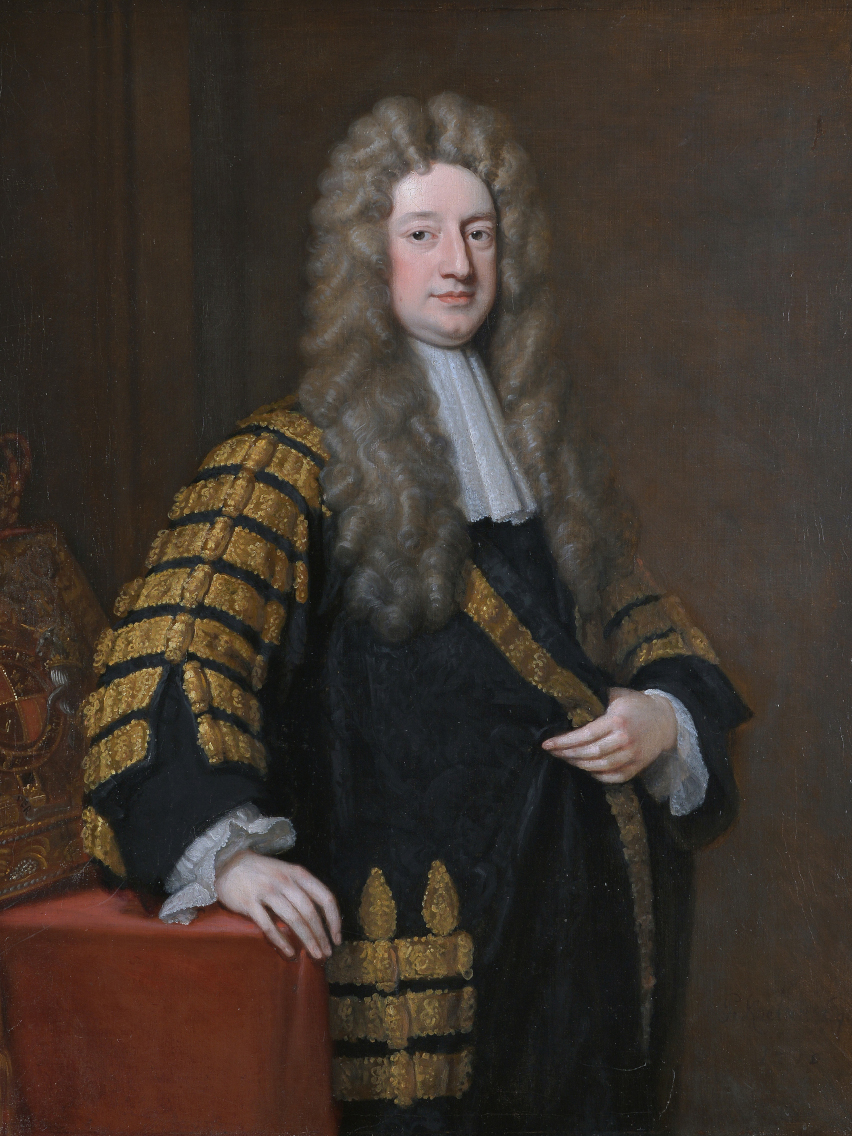
-
First Lord High Chancellor of Great Britain
Born the son of Sir William Cowper of Hertford Castle, William Cowper was admitted to the Inn in March 1681-2 and after being Called in 1688 rose rapidly through the profession, becoming a KC in 1694. The following year he was elected a Member of Parliament and became a significant Whig voice in the Commons. Becoming Lord Keeper and a Privy Councillor in 1705, Cowper played an important role in the Union of England and Scotland and was subsequently made the first Lord High Chancellor of Great Britain.
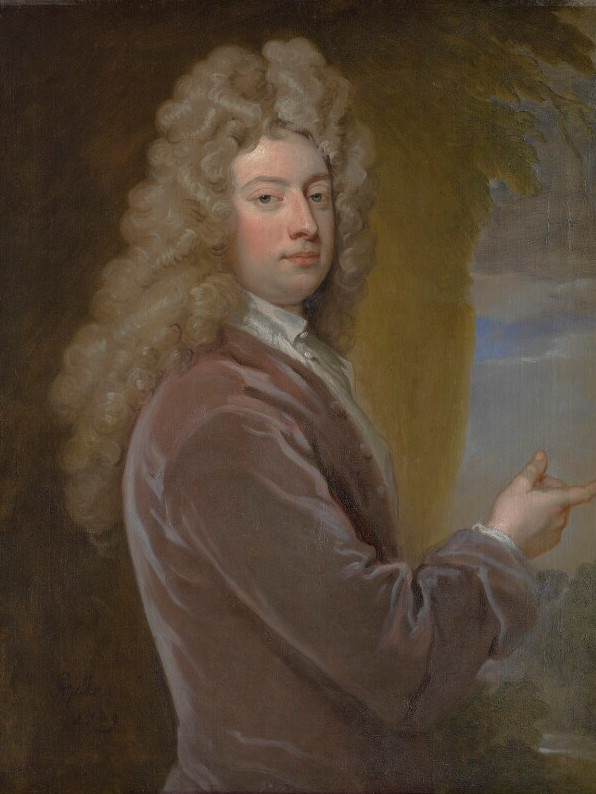
-
Playwright and poet, friend of Swift and Dryden
Born in Yorkshire in 1670, Congreve spent most of his childhood in Ireland. After being educated at Kilkenny College and Trinity College Dublin, he moved to London and was admitted to the Middle Temple in 1690/1 with the intention of studying the law. He soon drifted away from the law into the literary world, attending gatherings in coffee houses and associating with John Dryden. Congreve enjoyed a period of considerable success as a playwright in the last years of the eighteenth century before changing public tastes and morality saw his popularity wane. He continued to write poetry and translate the classical authors and became involved for a time in Whig politics.
William Congreve by Sir Godfrey Kneller, Bt. Oil on canvas, 1709. NPG 3199 © National Portrait Gallery, London. This image has been cropped and is licenced under a Creative Commons Attribution-NonCommercial-NonDerivs 3.0 Unported Licence. https://creativecommons.org/licenses/by-nc-nd/3.0/legalcode
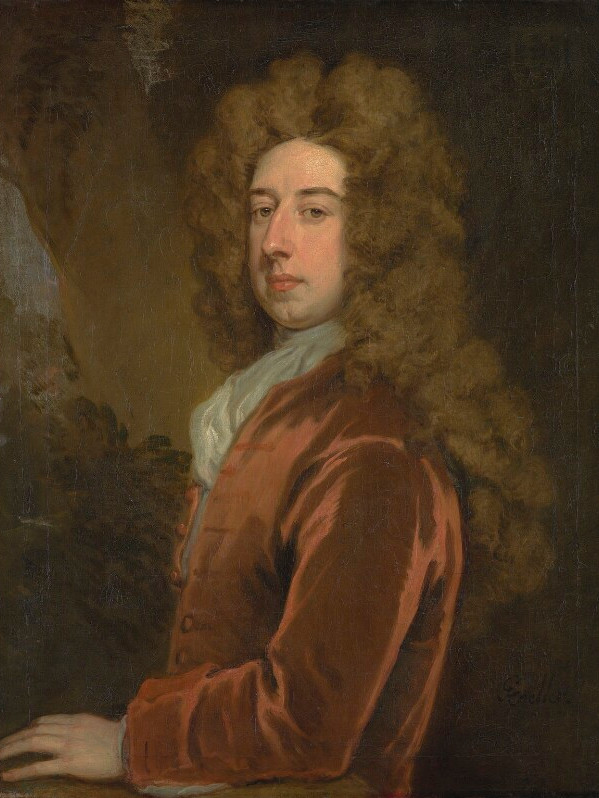
-
Statesman and Prime Minister of the Kingdom of Great Britain
After studying at St Paul's and Trinity College Oxford, Spencer Compton, third son of the 3rd Earl of Northampton, was admitted to the Middle Temple in 1687. Elected to Parliament as the member for Eye in 1698, he soon became a prominent Whig, and associated with Robert Walpole, traditionally said to the be the first Prime Minister of Great Britain. He went on to serve Speaker of the House of Commons from 1715 to 1727 and was appointed Lord Privy Seal in Walpole's government in 1725. Compton was created Baron Wilmington in 1728 in an attempt on Walpole's part to remove him from the Commons. In 1730 he was created Earl of Wilmington and was appointed Lord President of the Council. After twelve years in this office he succeeded Walpole as Prime Minister but died a year and a half later. The American cities of Wilmington in (Delaware and North Carolina), the towns of Wilmington (Massachusetts and Vermont), and the neighbourhood of Wilmington in Los Angeles are named in his honour.
Spencer Compton, Earl of Wilmington by Sir Godfrey Kneller, Bt. Oil on canvas, circa 1710. 36 in. x 28 in. (914 mm x 711 mm) Given by the Art Fund, 1945. Primary Collection. NPG 3234 © National Portrait Gallery, London. This image has been cropped and is licenced under a Creative Commons Attribution-NonCommercial-NonDerivs 3.0 Unported Licence. https://creativecommons.org/licenses/by-nc-nd/3.0/legalcode